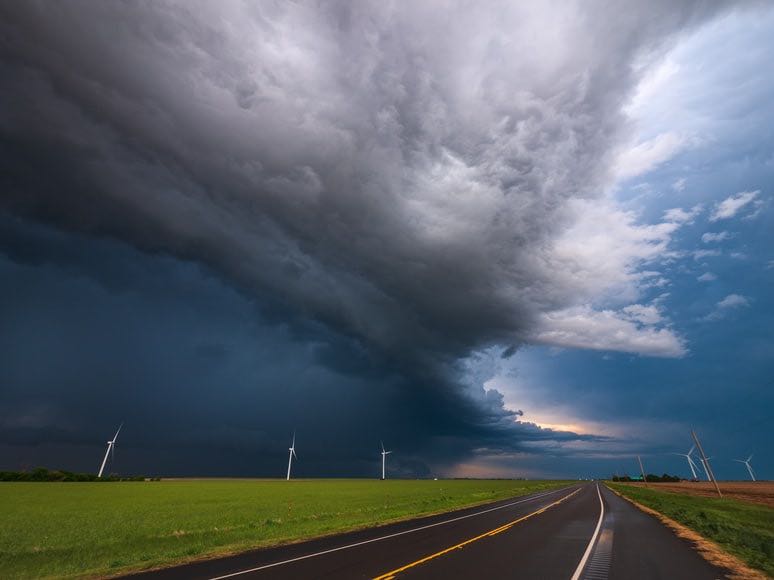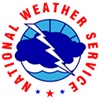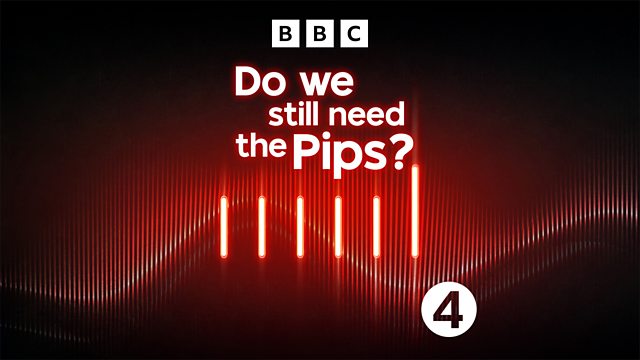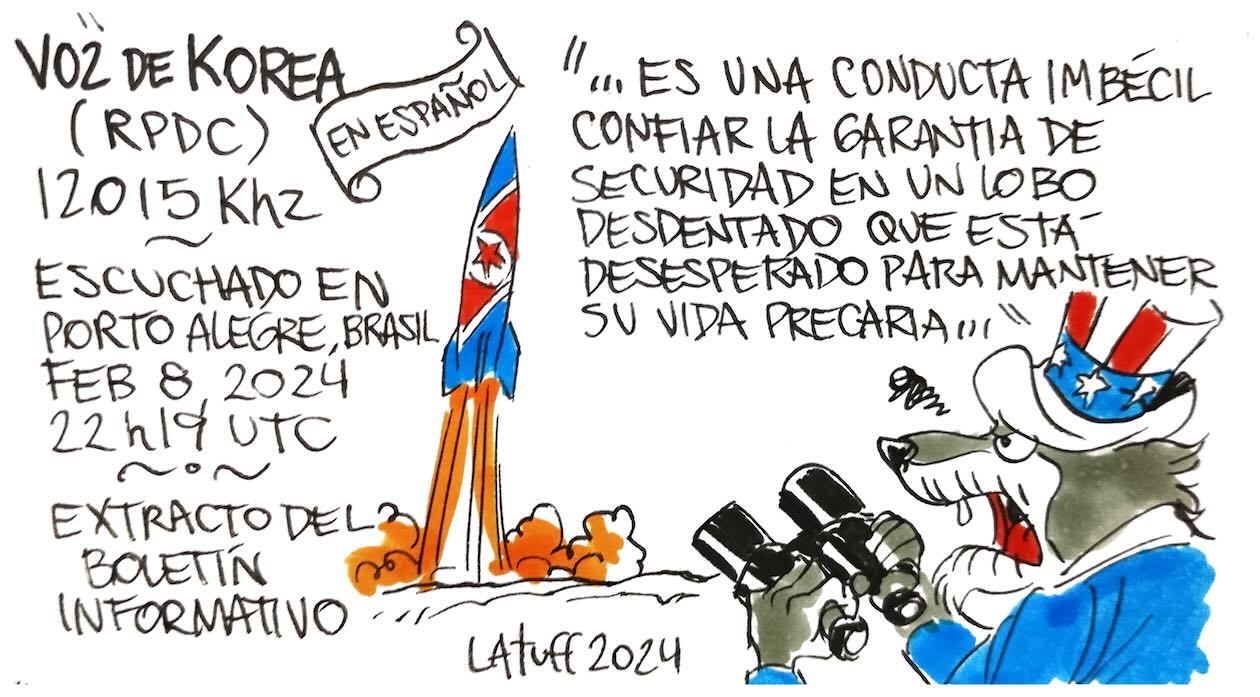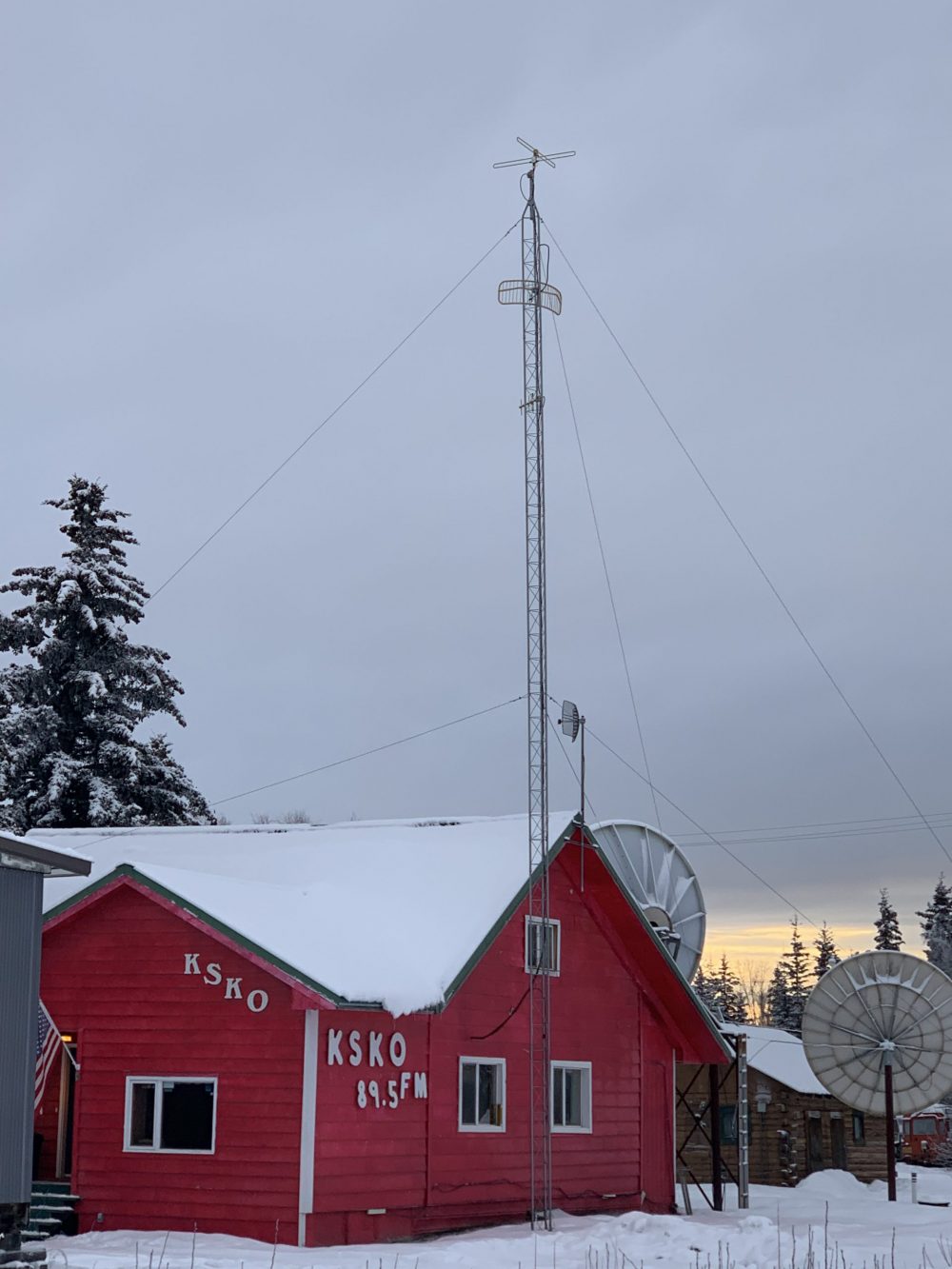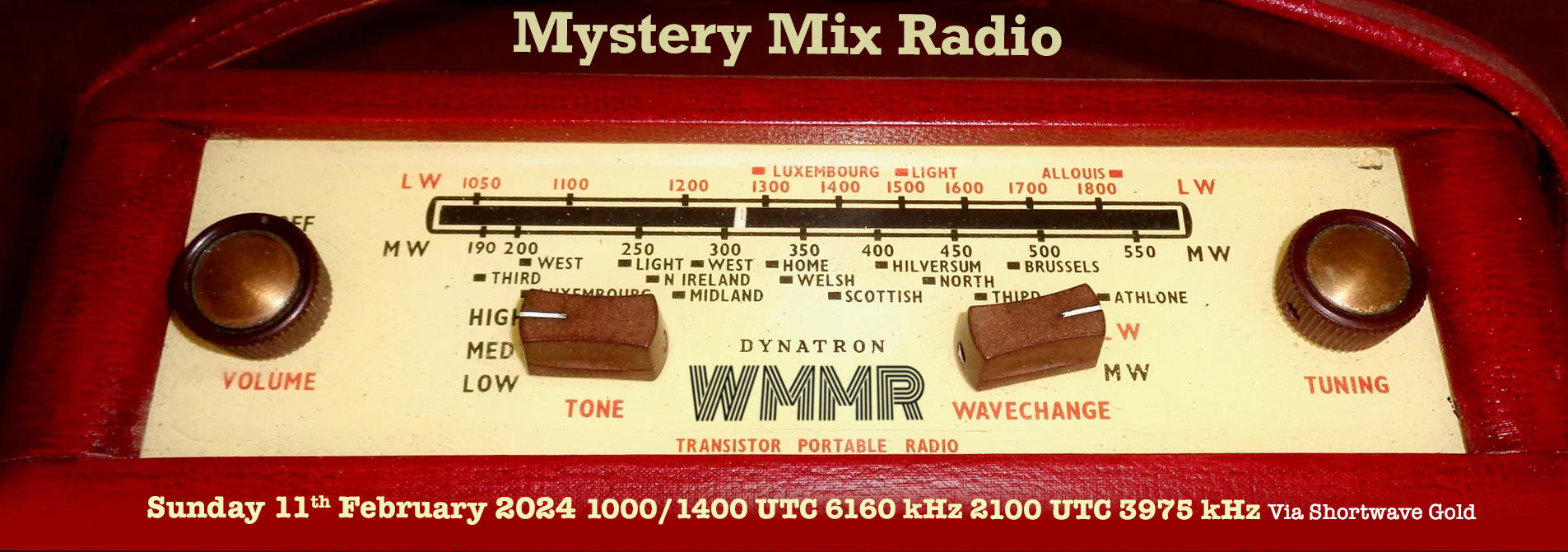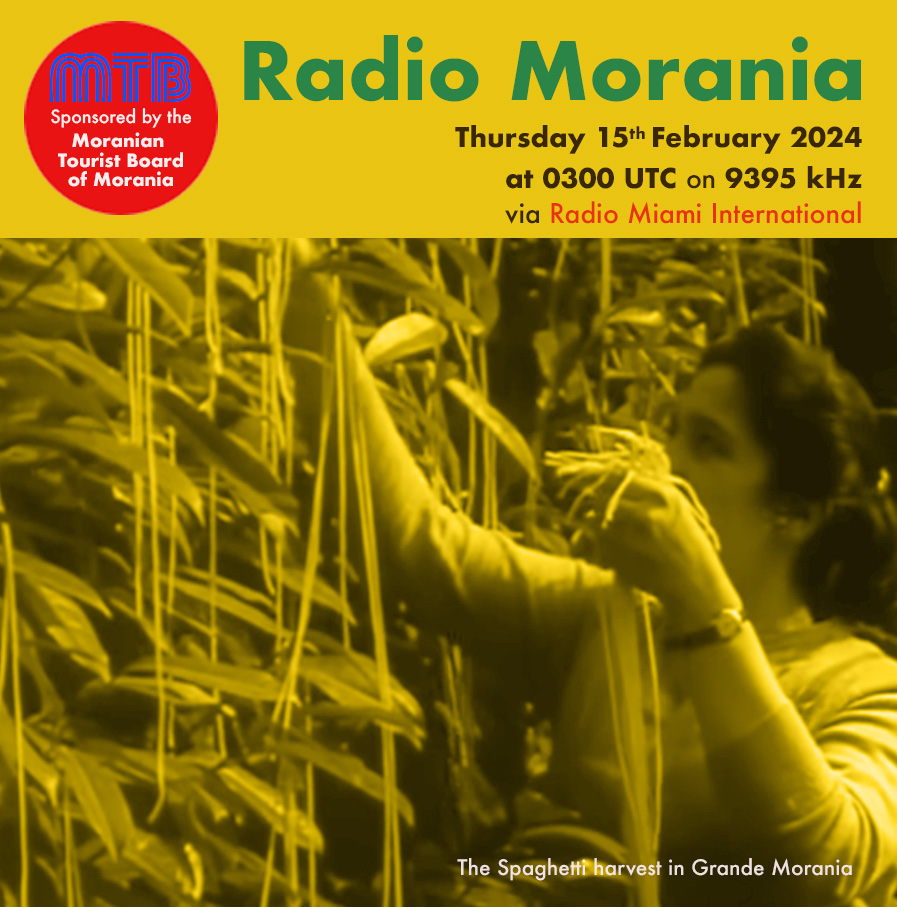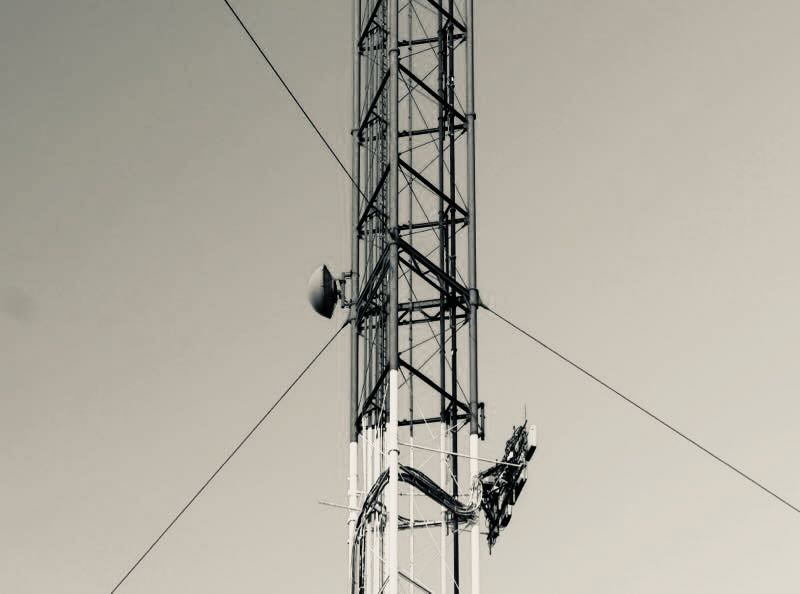 Many thanks to a number of SWLing Post contributors who’ve shared this story from a variety of sources. The following article comes from ARS Technica and was shared by Mark Hist:
Many thanks to a number of SWLing Post contributors who’ve shared this story from a variety of sources. The following article comes from ARS Technica and was shared by Mark Hist:
A 200-foot AM radio tower has been missing for at least a week, leaving an Alabama radio station in a financial crisis and on a desperate hunt.
As first reported by Memphis’ Action News 5, Jasper, Alabama, radio station WJLX 101.5 FM/1240 AM, sent a bush hog crew to maintain the area around the tower on February 2. The tower is behind a poultry plant in a forested area, per The Guardian. Once there, a crew member called station manager Brett Elmore, informing him that the 200-foot structure that CNN says has been there since the ’50s had disappeared.
“He said, ‘The tower is gone. There’s wires [sic] everywhere, and it’s gone,’” Elmore told Action News 5.
The total value of all the equipment reported stolen is nearly $200,000, Alabama’s ABC 33/40 News said.
Now the radio station says it has to get a new tower, as well as a new transmitter and additional equipment for tasks like processing and engineering. Replacement costs are an estimated $60,000 or more, per WJLX.
Even if the tower were somehow recovered, the station would still be “in a jam,” Elmore told CNN, saying that the equipment would probably “be in pieces.”
“This has affected the operation of our AM, which needs a complete rebuild, and our FM, which is currently off the air,” the radio station said Thursday via its Facebook page.
The radio station manager has told outlets that he’s hopeful that community tips and surveillance footage from the poultry plant near the tower’s former location may eventually help police find the tower-taker(s).
“It is a federal crime, and it absolutely will not be worth it to them,” Elmore told Action 5 News. [Continue reading at ARS Technica…]
Readers have shared a lot of speculation about this particular theft. Perhaps more links and facts can be shared in the comments section.
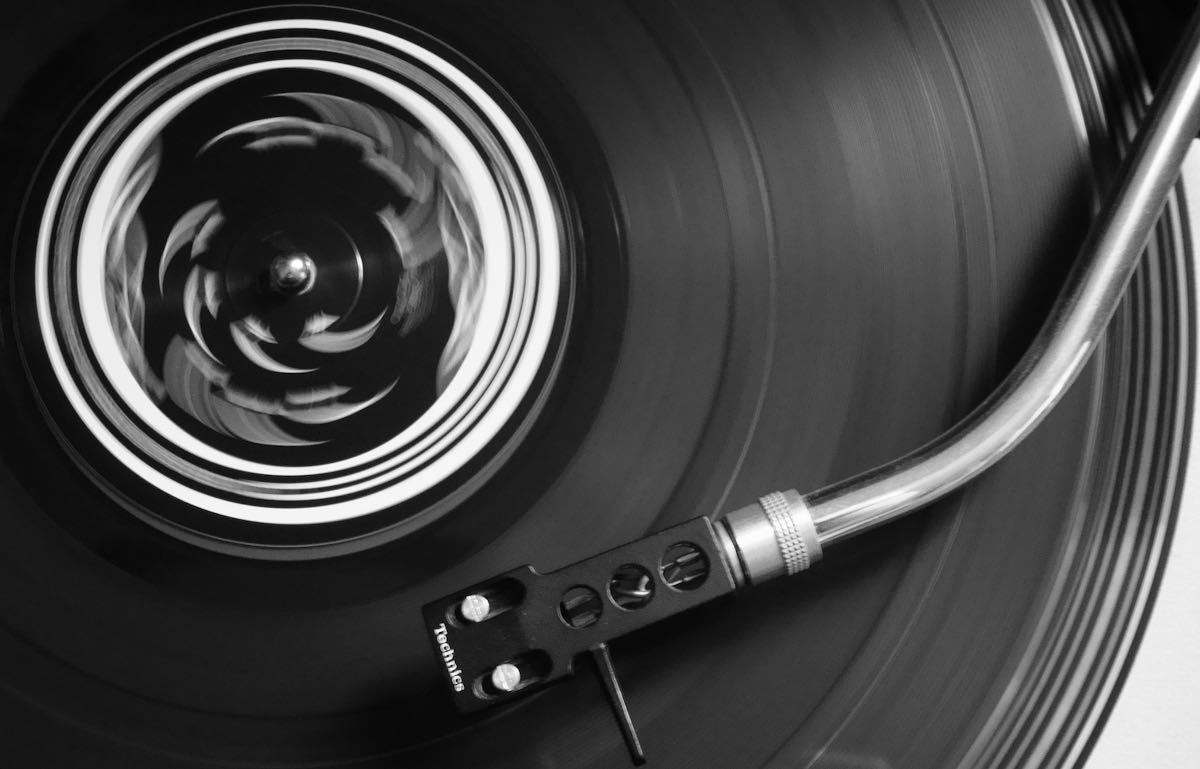 Many thanks to SWLing Post contributor, Alan Roe, who shares his B-23 (version 4.0) season guide to music on shortwave. Alan provides this amazing resource as a free PDF download:
Many thanks to SWLing Post contributor, Alan Roe, who shares his B-23 (version 4.0) season guide to music on shortwave. Alan provides this amazing resource as a free PDF download:

